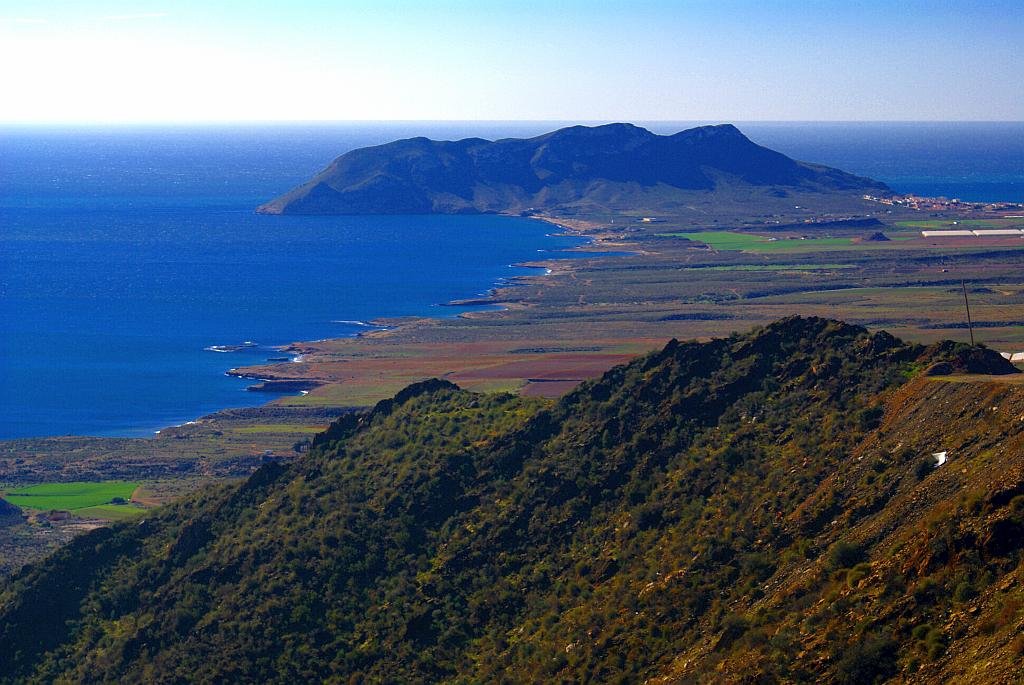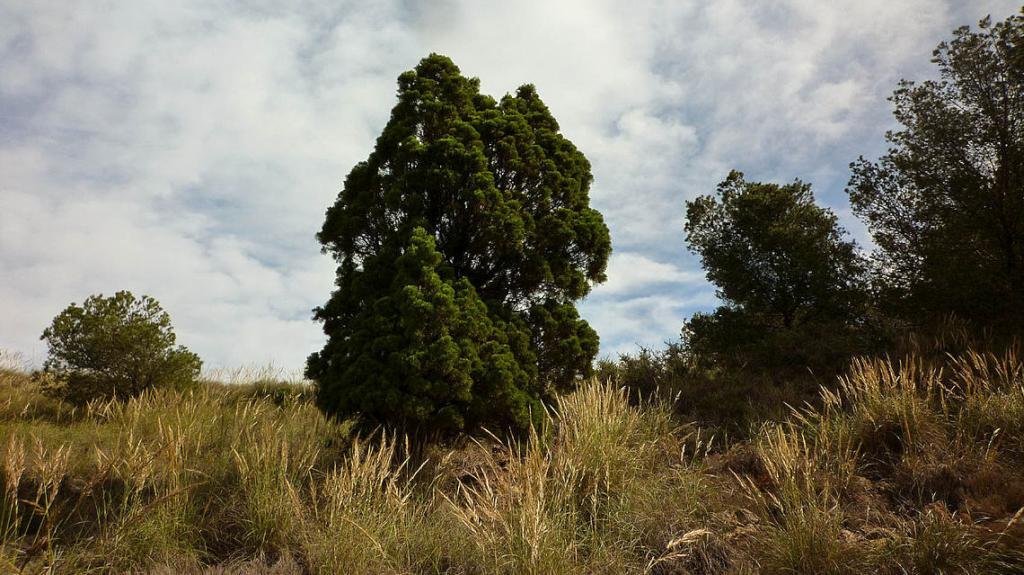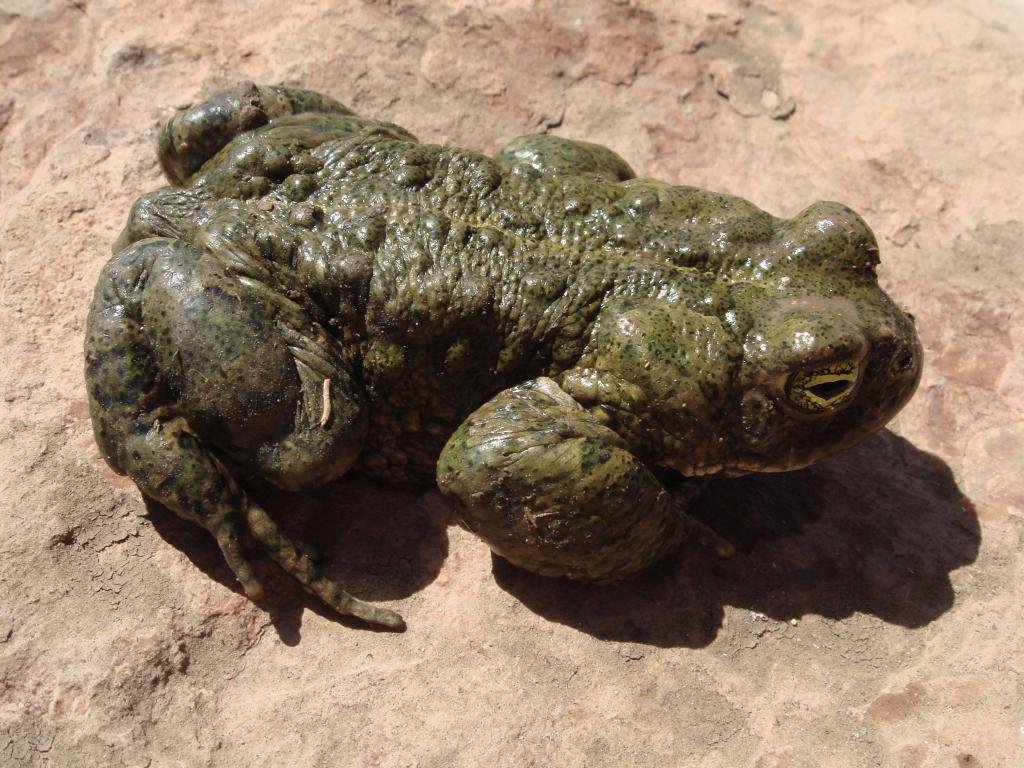- Region: Murcia (Alto Guadalentín)
- Declared a Regional Park: 1992. “Calnegre” and “Cabo Cope” Places of Community Importance (SCI) 2000. Special Protection Area for Birds (ZEPA), 2001
- Park surface area: 10,032 hectares
- Towns and villages: Lorca, Águilas, Calabardina and Puntas de Calnegre
Points of interest
The Calnegre y Cabo Cope Regional Park (Parque Regional Calnegre y Cabo Cope) is located in the south of the Murcia Region close to the border with Andalucia. The Lomo de Bas constitutes the northern barrier of the park and the eastern flank has a coastline length of around 17 km.
The marine environment where the area surrounding the rock of Cabo Cope is also protected as the “Submerged coastal strip of the Region of Murcia” and this landscape combines Mediterranean mountains with beaches, cliffs, salt marsh area and dunes.




